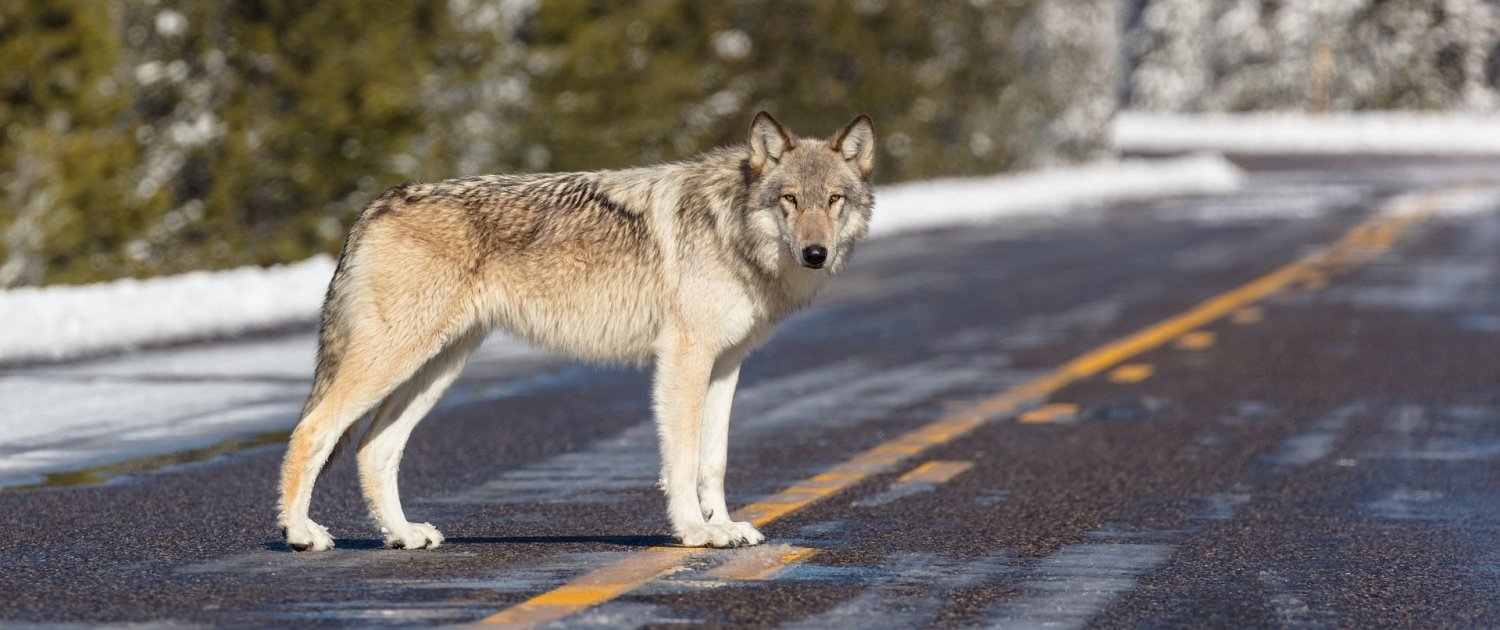How have animals adapted to cold environments?
Many different species of animals live in cold environments. They have adapted in many ways to survive the harsh climate and conditions.
How have Arctic foxes and Arctic hares adapted to their environment?
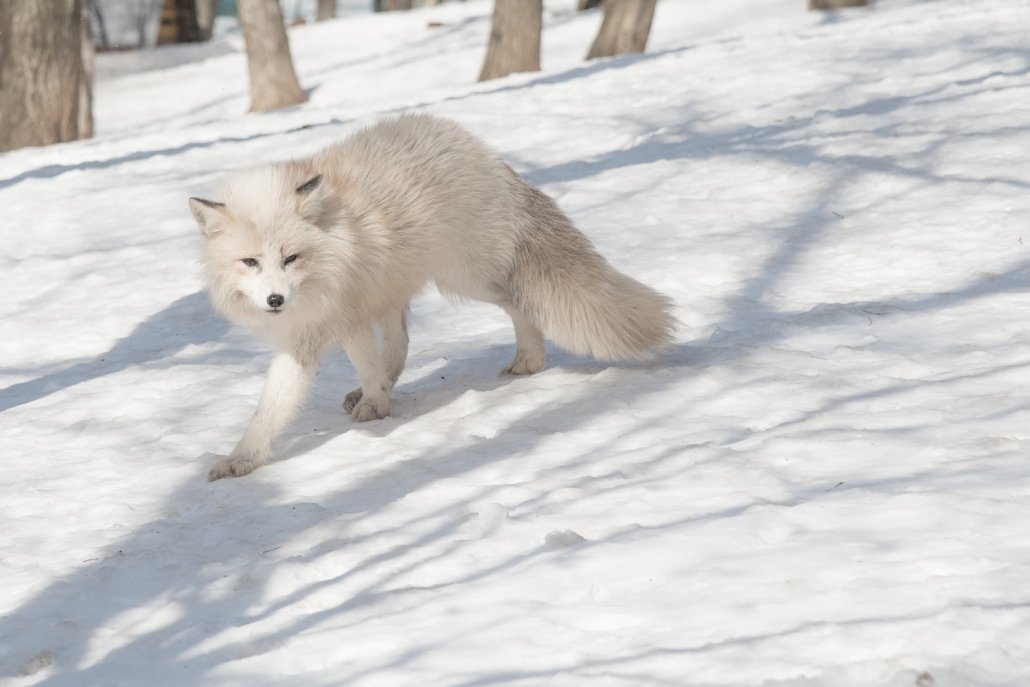
An arctic fox
Arctic foxes and Arctic hares:
- have thick fur on their bodies and feet to keep them warm
- in winter their fur becomes white providing camouflage from predators
Arctic foxes can eat a variety of foods which helps when food is scarce.
How have musk oxen adapted to their environment?
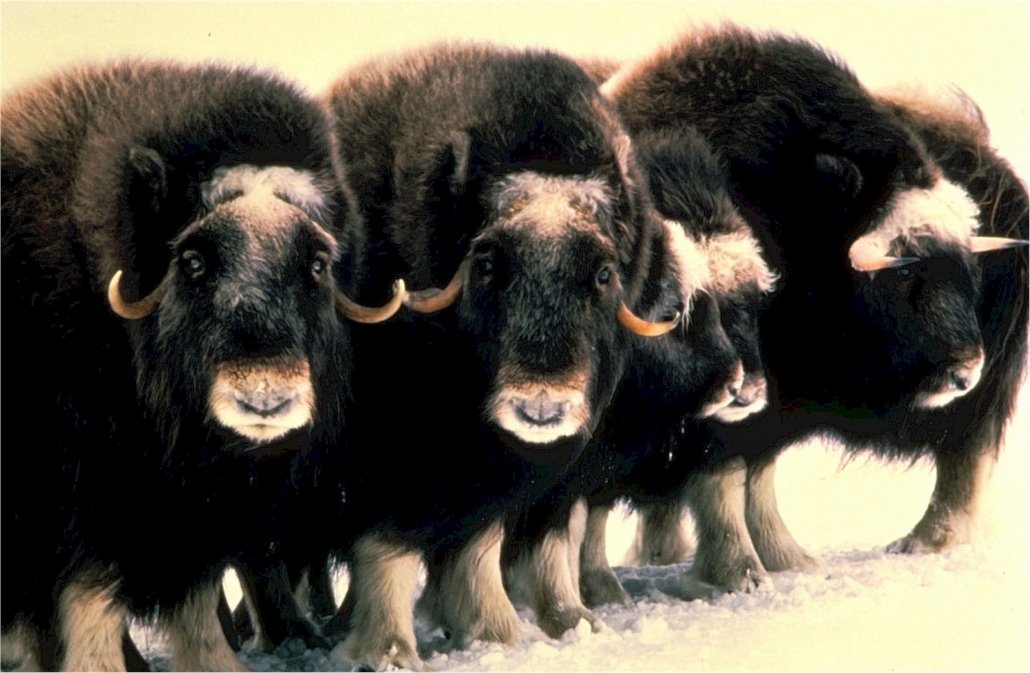
Musk Oxen
Musk oxen:
- have two layers of fur to help insulate them
- have wide hooves so they can walk on waterlogged ground and snow
How have polar bears adapted to their environment?
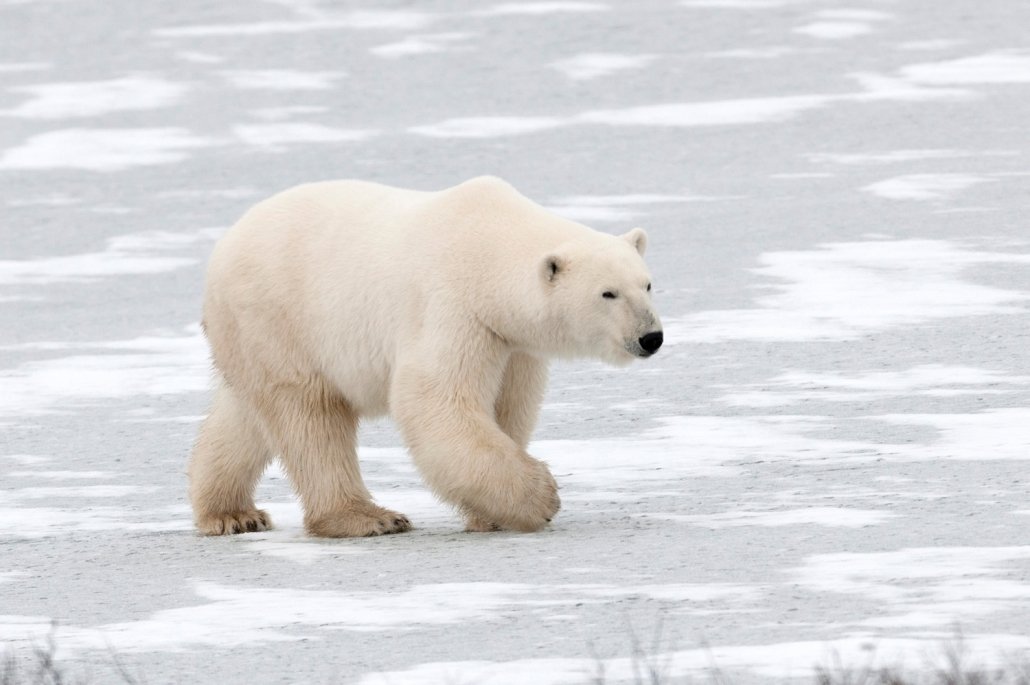
Polar Bear
Polar bears:
- have thick fur and a layer of blubber to keep them warm
- have translucent, hollow white that helps with camouflage and insulation.
- have small ears to reduce heat loss
- have a layer of blubber which forms over the summer and use it as an energy store in the winter
- have stiff hairs on their paws to help with swimming, traction and insulation
- have front paws that are webbed to help with swimming
How have wolves adapted to their environment?
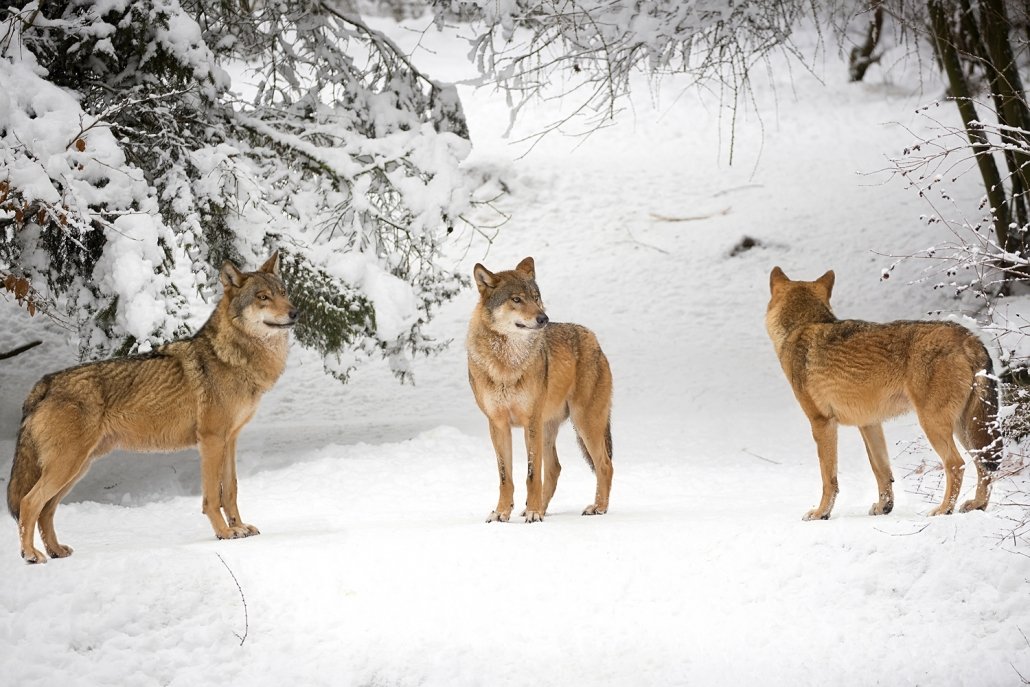
Wolves in winter
Wolves:
- have white fur, which allows them to blend into their snowy surroundings, ideal when stalking prey
- they have more-rounded ears to reduce heat loss
- have hair between the pads of their feet and long, thick fur to keep them warm in cold temperatures
Related Topics
Use the images below to explore related GeoTopics.

